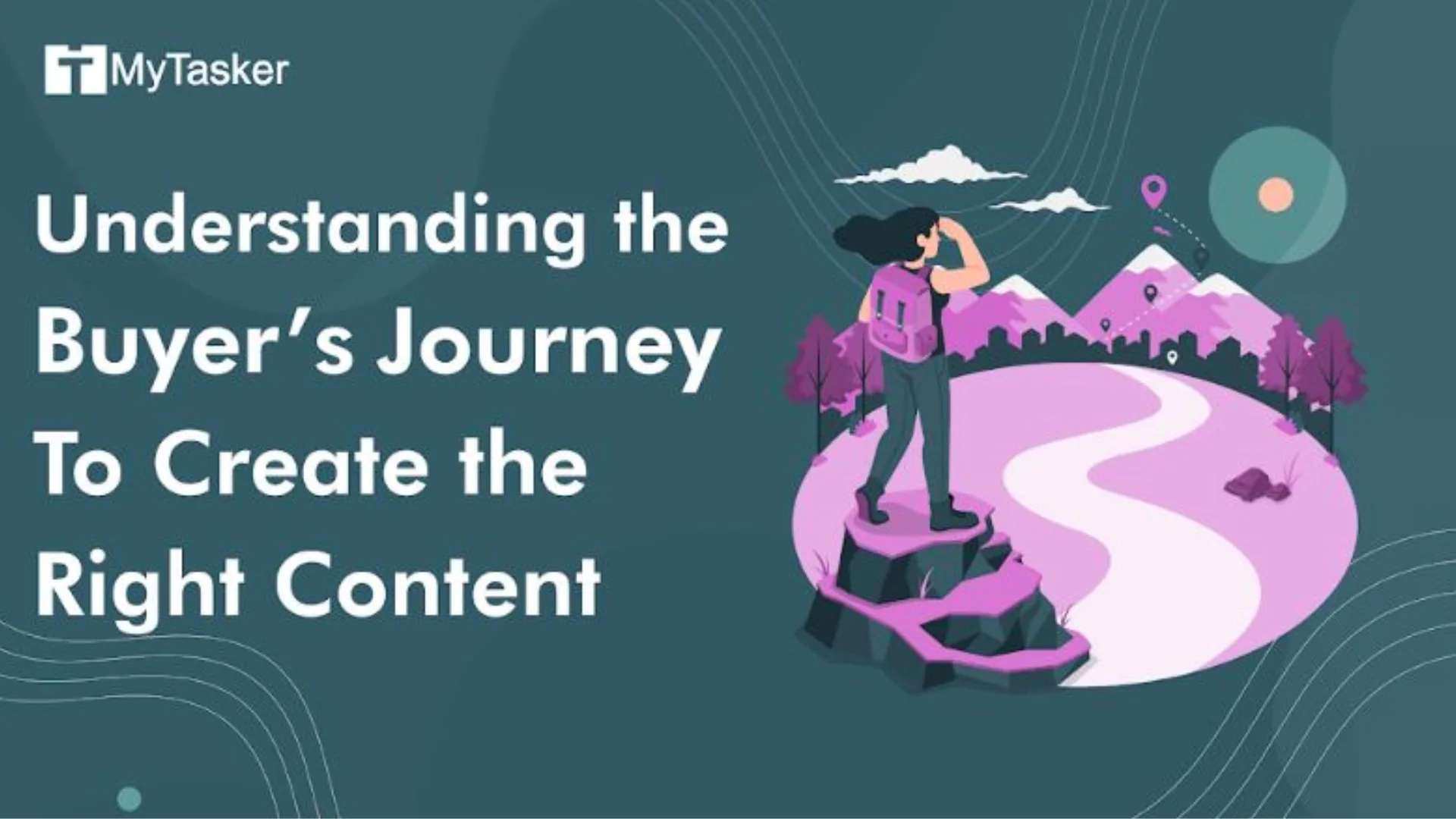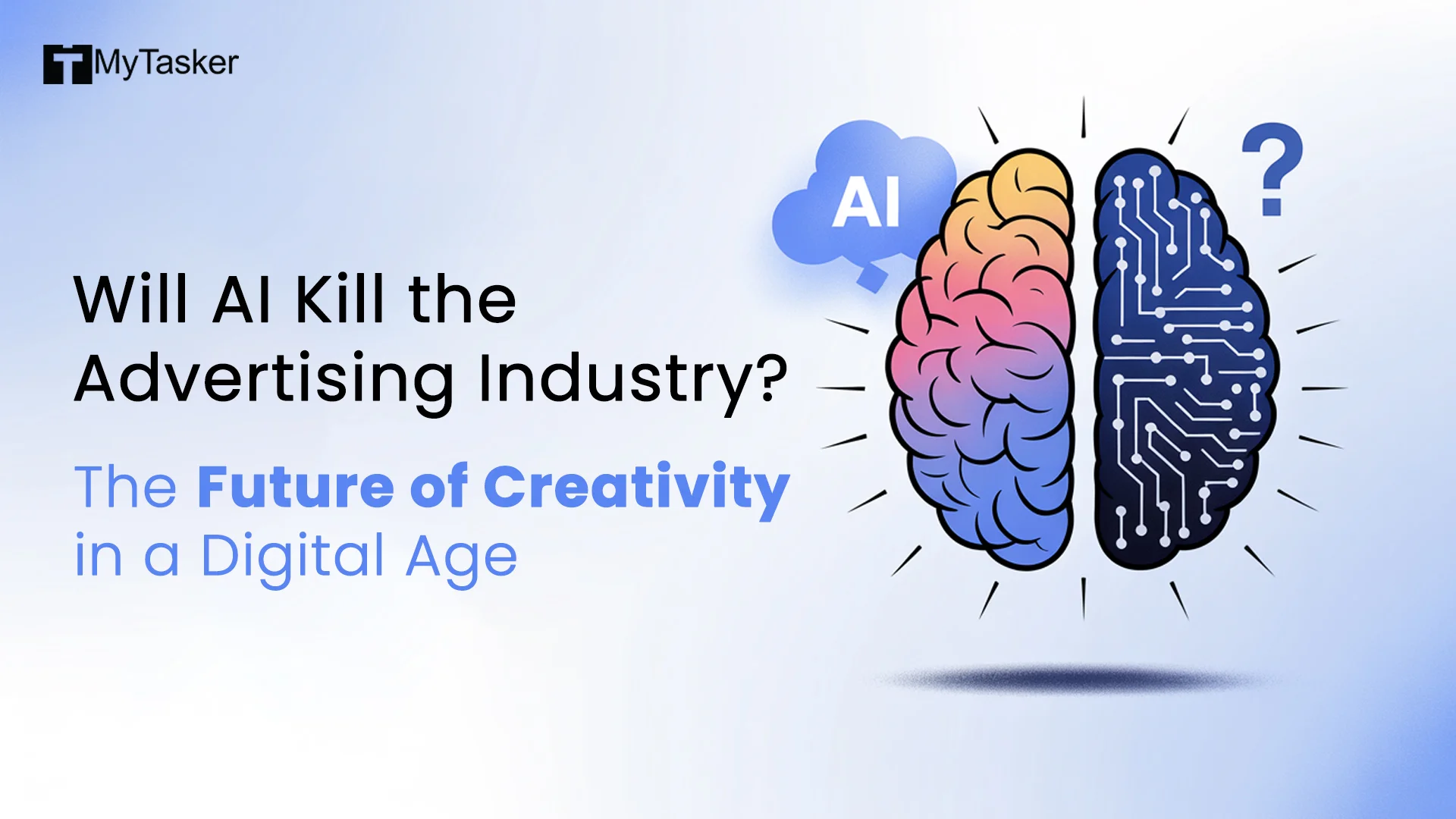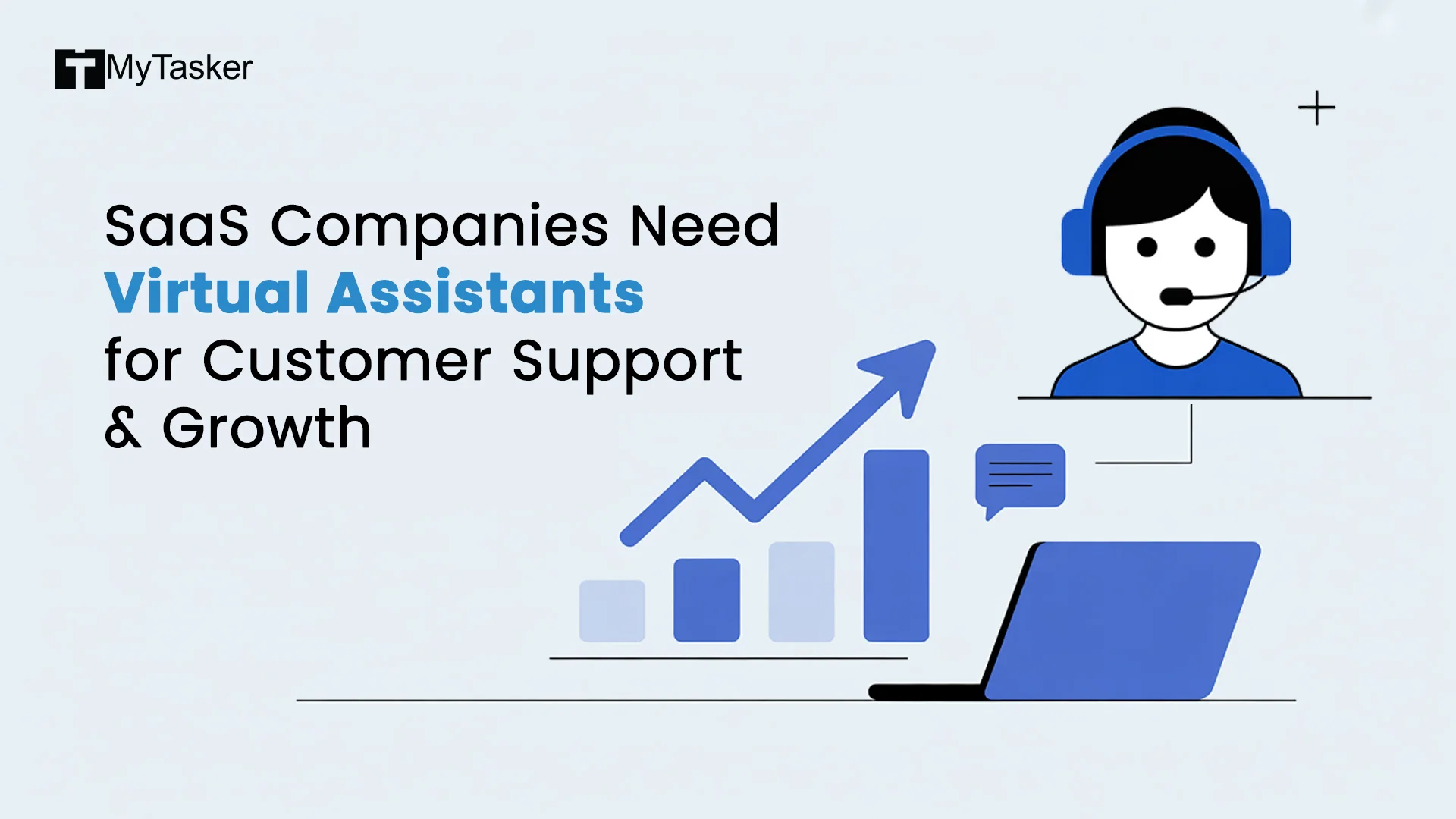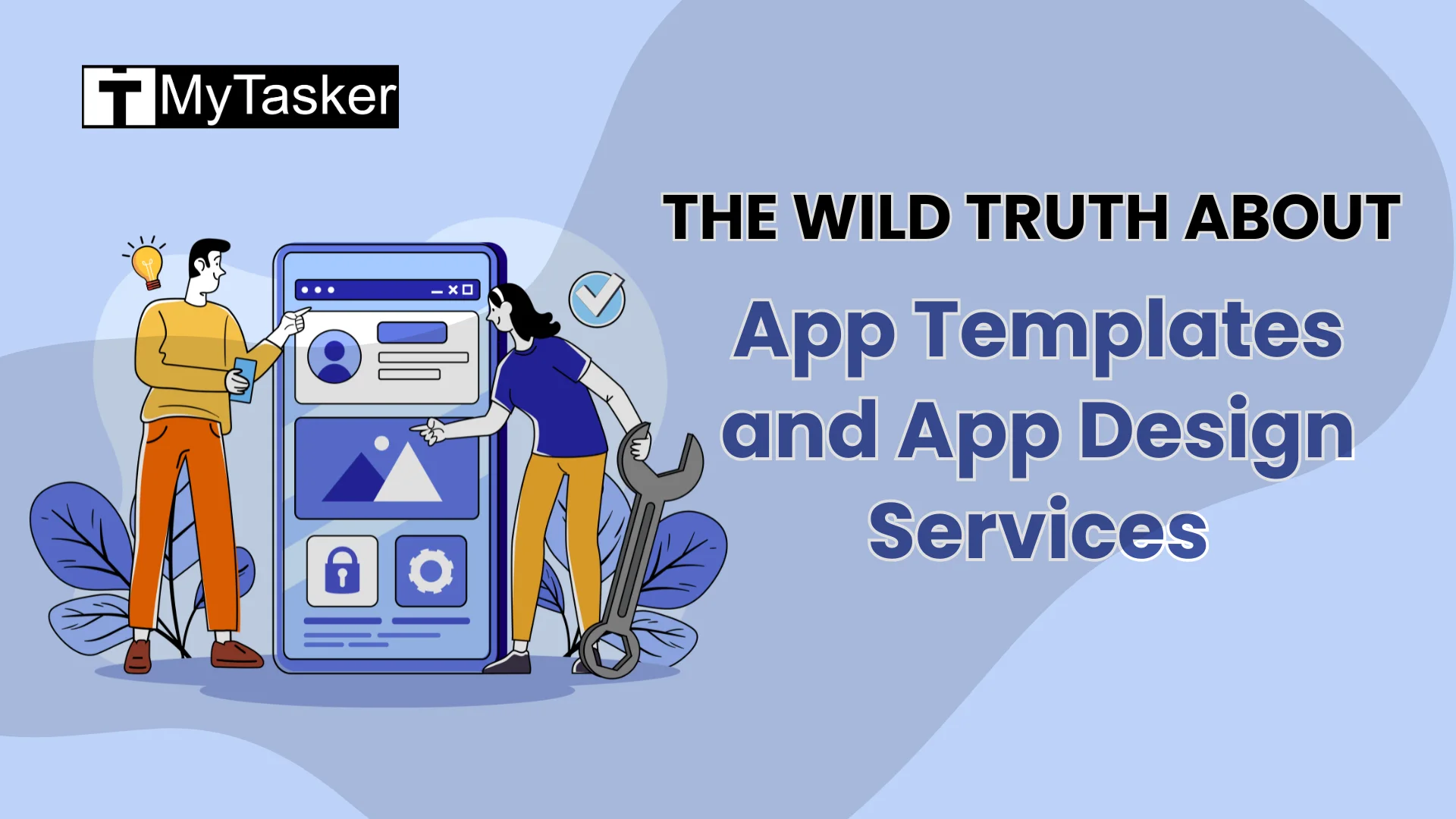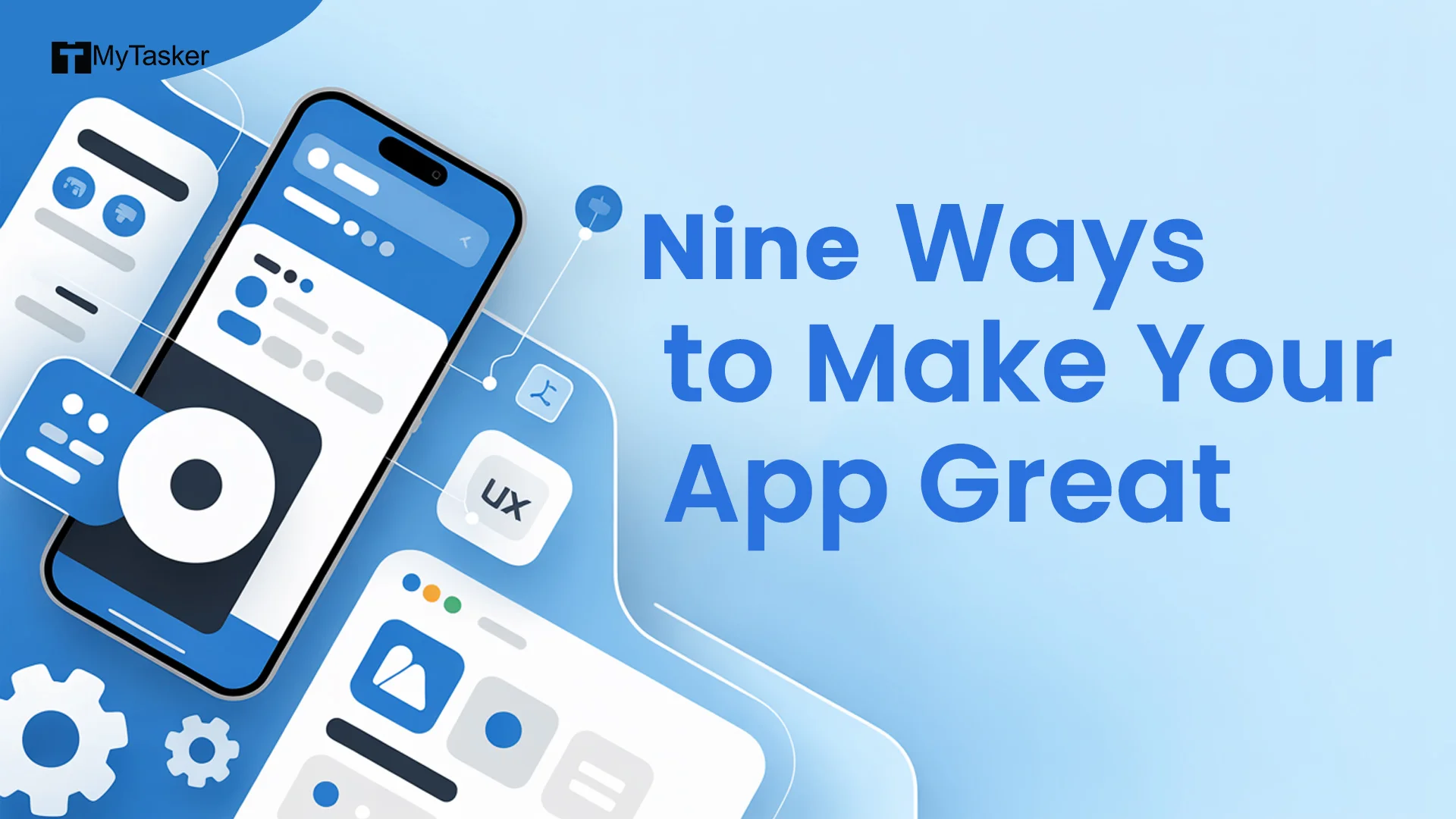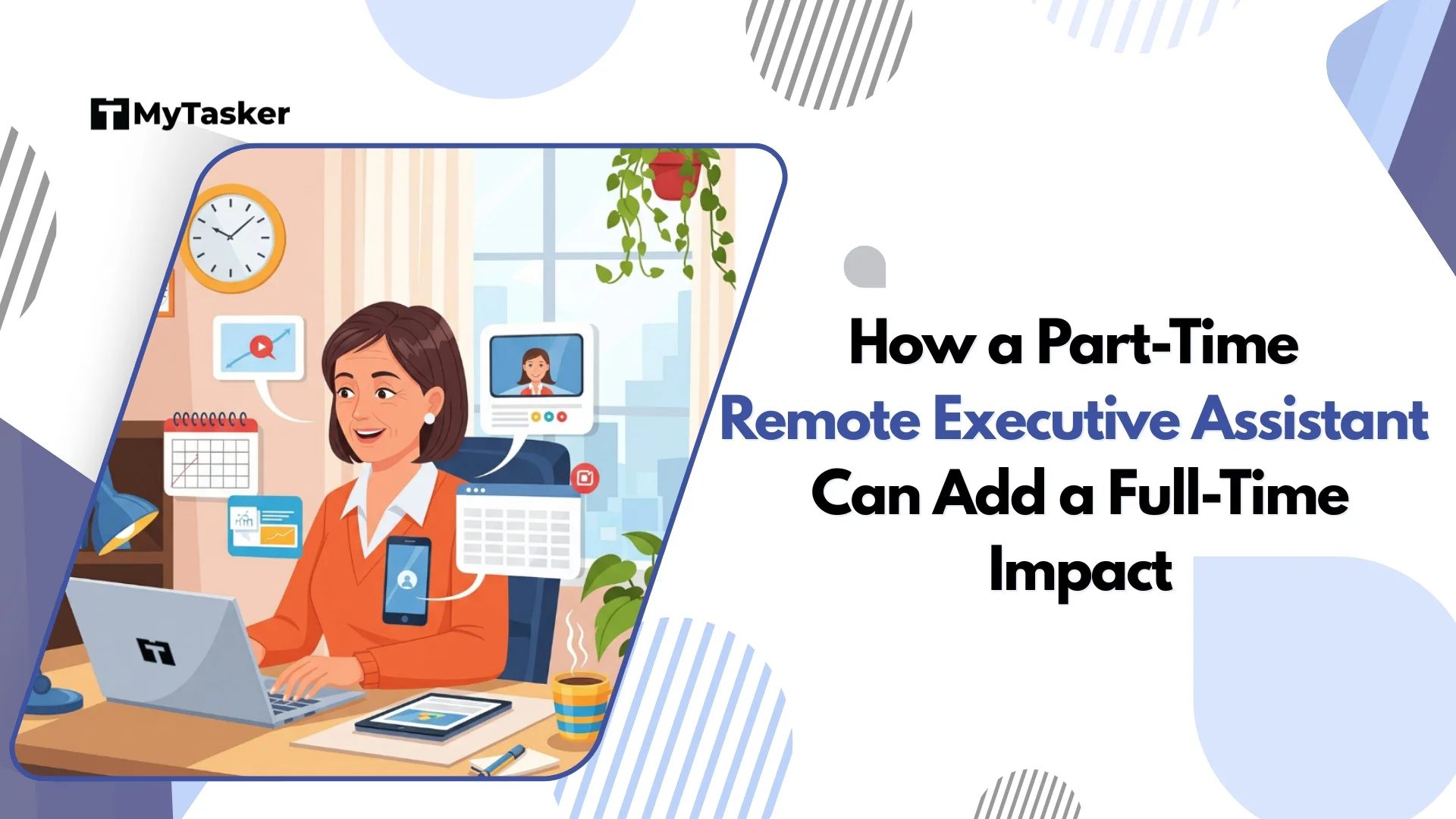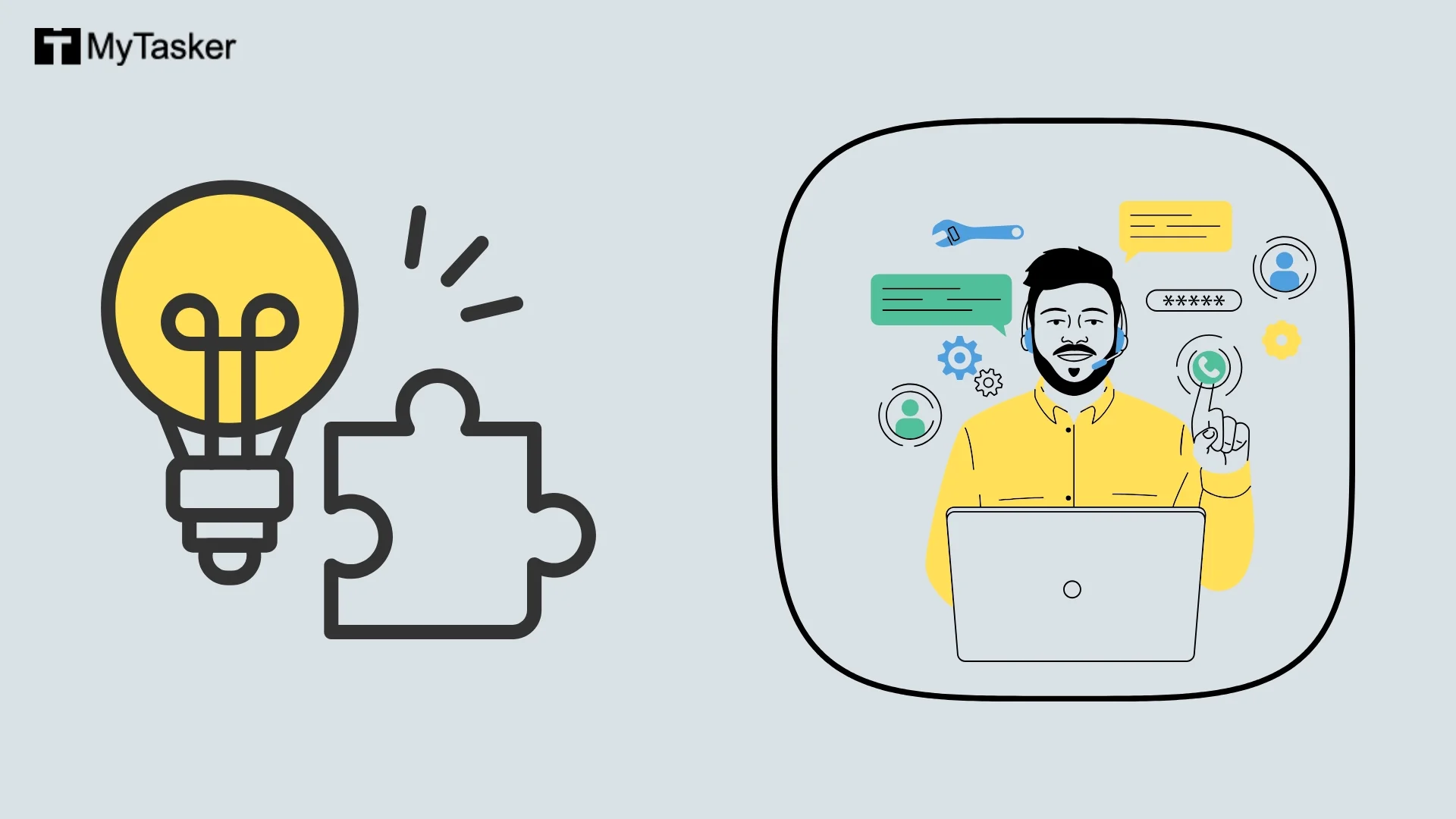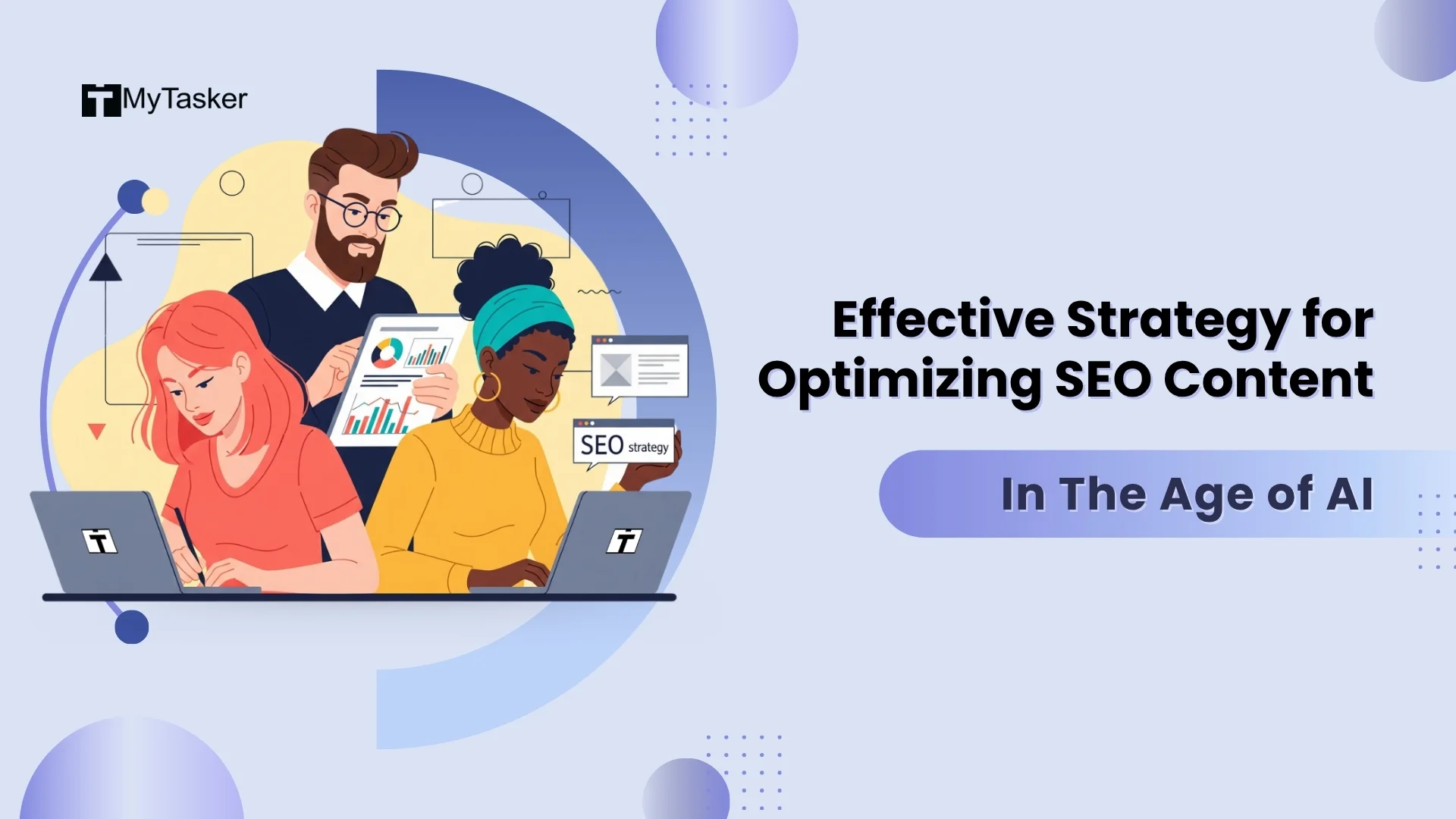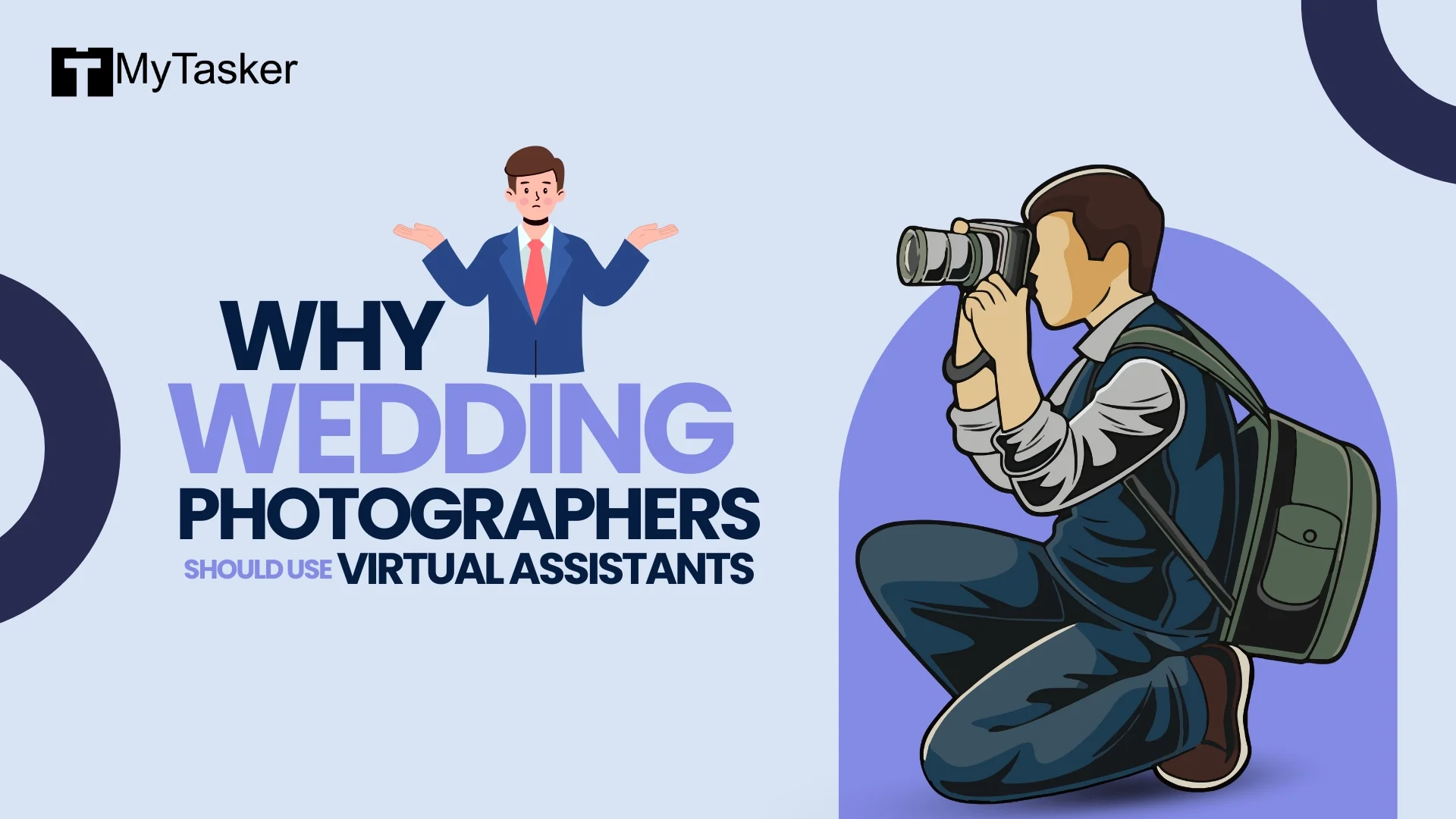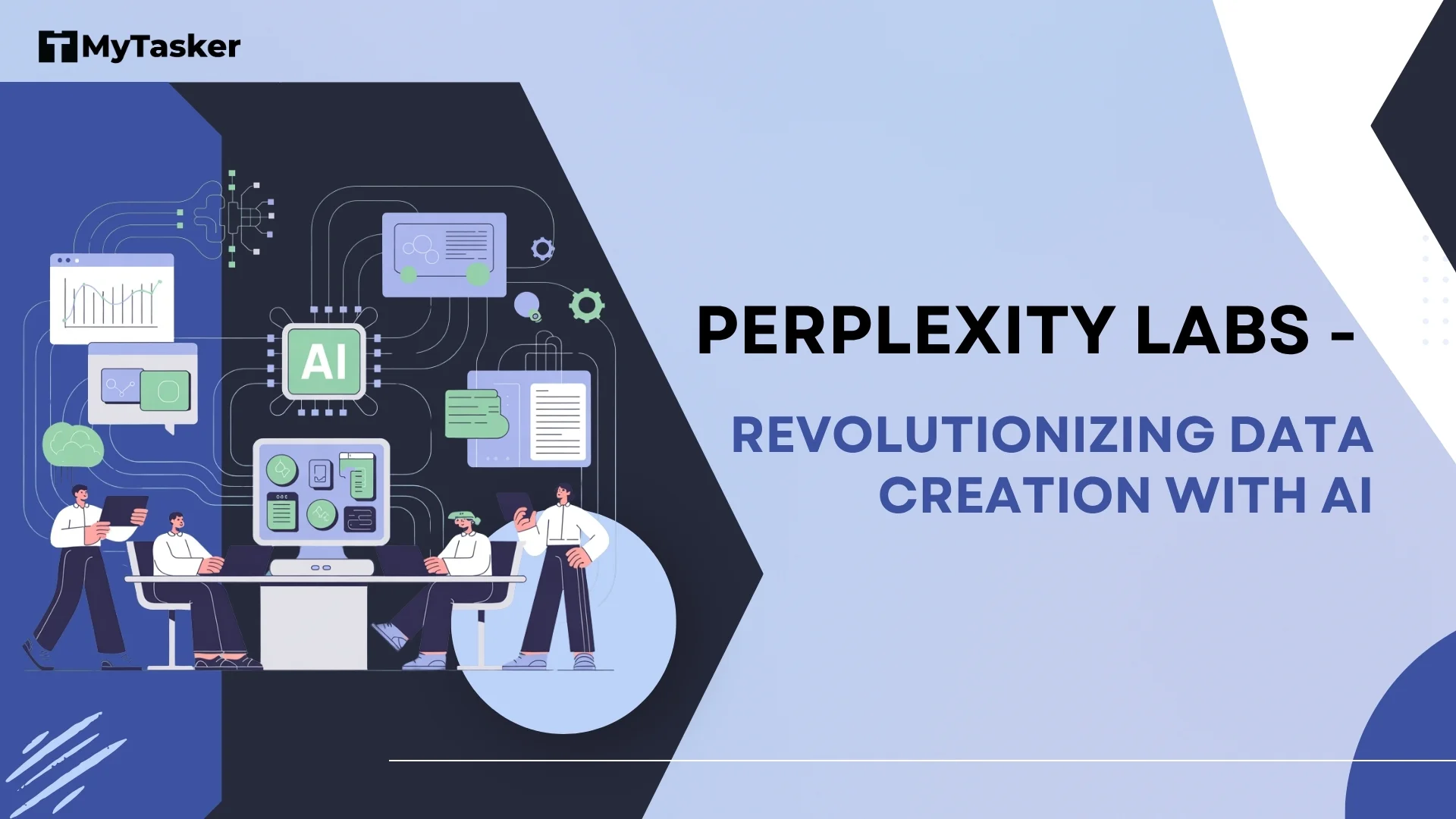What are the 4 Stages of the Buyer’s Journey?
The buyer's journey is a framework that outlines the process a potential customer goes through before making a purchase. Understanding these stages is crucial for marketers to tailor their strategies and content effectively. Here are the four key stages of the buyer’s journey:
Awareness
The buyer realizes they have a problem or need. At this stage, they begin searching for information to better understand their issue. Content like blog posts, eBooks, and infographics that address common pain points are effective here.
Consideration
The buyer has clearly defined their problem and is now considering various solutions. They start comparing products or services that can solve their issue. Content that highlights product features, case studies, and comparison guides is crucial at this stage.
Decision
The buyer is ready to make a purchase decision. They have narrowed down their options and are evaluating specific products or services. At this point, testimonials, demos, free trials, and pricing information become important to help the buyer choose.
Post-Purchase
After the purchase, the buyer’s journey continues as they evaluate their decision and the value of the product or service. Post-purchase support, follow-up emails, and customer success programs help ensure satisfaction and encourage repeat business.
What are the Six Lifecycle Stages in the Buyer’s Journey?
The buyer's journey can be broken down into six lifecycle stages that a customer goes through, from initial contact with your brand to becoming a loyal advocate. Here are the six stages:
Subscriber
At this stage, an individual has expressed interest in your brand by subscribing to your content, such as a newsletter or blog. The goal here is to nurture this interest through valuable content.
Lead
A subscriber becomes a lead when they engage further with your content, indicating a deeper interest in your product or service. This might include downloading a whitepaper, signing up for a webinar, or requesting more information.
Marketing Qualified Lead (MQL)
An MQL is a lead that has been deemed more likely to become a customer based on specific criteria, such as engagement level or demographic fit. They are ready for more targeted marketing efforts.
Sales Qualified Lead (SQL)
An SQL has shown a strong intent to purchase and is handed over to the sales team. This stage involves direct sales interactions, like consultations or product demonstrations.
Customer
The lead has made a purchase and become a customer. The focus now shifts to ensuring customer satisfaction and delivering on promises made during the sales process.
Promoter
A satisfied customer who advocates for your brand by sharing positive experiences and referring others. Building strong relationships and providing excellent service are key to turning customers into promoters.
What is the Buyer’s Journey Strategy?
A buyer’s journey strategy involves mapping out the stages a potential customer goes through and aligning your marketing efforts to guide them through each stage effectively. Here’s how to create a successful buyer’s journey strategy:
Identify Buyer Personas
Develop detailed profiles of your ideal customers, including their pain points, goals, and challenges. This helps you create content that resonates with them at each stage of the journey.
Map the Journey
Outline the specific stages your buyers go through, from awareness to decision-making, and identify the touchpoints where they interact with your brand.
Create Targeted Content
Develop content tailored to each stage of the buyer’s journey. For example, educational content for the awareness stage, comparison guides for the consideration stage, and testimonials for the decision stage.
Utilize the Right Channels
Determine where your audience spends their time online and deliver content through those channels, whether it’s social media, email, search engines, or direct outreach.
Measure and Optimize
Track the effectiveness of your strategy by monitoring key metrics like engagement rates, conversion rates, and customer feedback. Use this data to refine your approach continually.
What are the Different Types of Buyer Journeys?
Different industries and businesses can have varied buyer journeys, depending on their target audience, product type, and market dynamics. Here are the main types of buyer journeys:
B2B Buyer Journey
The B2B journey often involves multiple decision-makers and a longer sales cycle. It typically includes more in-depth research, product demos, and negotiations.
B2C Buyer Journey
The B2C journey is usually shorter and more straightforward, with decisions driven by individual needs or desires. Emotional factors often play a significant role in this journey.
E-commerce Buyer Journey
In e-commerce, the journey is highly focused on online interactions, with emphasis on user experience, product reviews, and seamless checkout processes.
High-Involvement Buyer Journey
For products that require significant investment, like real estate or vehicles, the buyer journey is longer and involves detailed research, multiple comparisons, and often, personal consultations.
Low-Involvement Buyer Journey
For everyday purchases, like groceries or household items, the journey is short, often impulsive, and influenced by convenience and brand familiarity.
What is the Buyer’s Funnel?
The buyer’s funnel, also known as the sales funnel, represents the stages a potential customer goes through from initial awareness to final purchase. It’s a visual representation of the buyer’s journey, often depicted as a funnel to illustrate the narrowing down of prospects as they move closer to making a purchase. Here are the stages of the buyer’s funnel:
Top of the Funnel (ToFu) - Awareness
This is where prospects become aware of your brand or realize they have a problem. Marketing efforts at this stage focus on attracting a broad audience through content like blogs, social media, and SEO.
Middle of the Funnel (MoFu) - Consideration
Prospects at this stage are actively researching solutions. They’re aware of their problem and are considering their options. Content like whitepapers, case studies, and webinars help nurture leads and move them down the funnel.
Bottom of the Funnel (BoFu) - Decision
At the bottom of the funnel, prospects are ready to make a purchase decision. They’re comparing specific products or services and need a final push, which can be provided through product demos, free trials, and personalized consultations.
Understanding the buyer’s funnel is crucial for optimizing your sales and marketing strategies, ensuring that you provide the right content and support at each stage of the buyer’s journey.



